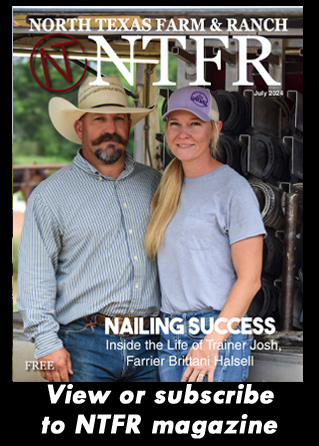Country Lifestyles
Photographing the Cowboys of the Waggoner Ranch
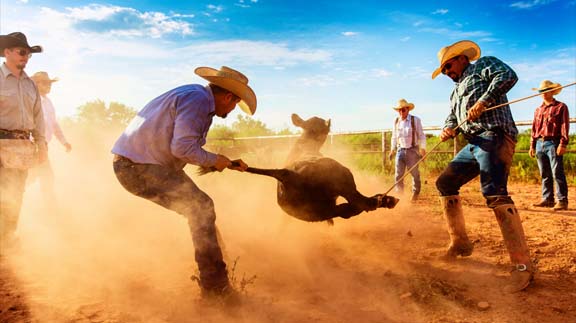
By Jessica Crabtree
What is a photo worth? Can a price be placed on an image, or does it remain priceless? What if a photo captures a piece of living history and preserves it for years so that multiple generations will know it existed? That is the sentiment behind the book, Cowboys of the Waggoner Ranch. The glossy, bound book is comprised of 180 images displaying true Texas history and documenting a way of life.
Photographer, Jeremy Enlow, of Weatherford, is the master-mind behind the outstanding book. Page by page the photos are made up of magnificent colors created by Mother Nature and the individuals who inhabit the Waggoner Ranch, the cowboys. Each presents his own story and ties to the colossal ranch. Some are third and fourth generation; some have been there since graduating high school, while others came home after a stint in the army. Whatever their reason, their living places them as part of the Waggoner Ranch tradition handed down from founder Daniel “Dan” Dale Waggoner to his son W.T. “Tom” Waggoner and every generation of cowboy after. It categorizes them as part of the largest ranch within one fence—at 510,572 acres. It also attaches them to the Waggoner name as Tom became known as the greatest cattleman in Texas and wealthiest man this side of the Mississippi.
Enlow first visited the ranch in April of 2015, expanding his equestrian photos. A photographer by trade, Enlow grew up a newspaper editor’s son and was always around cameras. To read more pick up the April 2016 issue of NTFR.
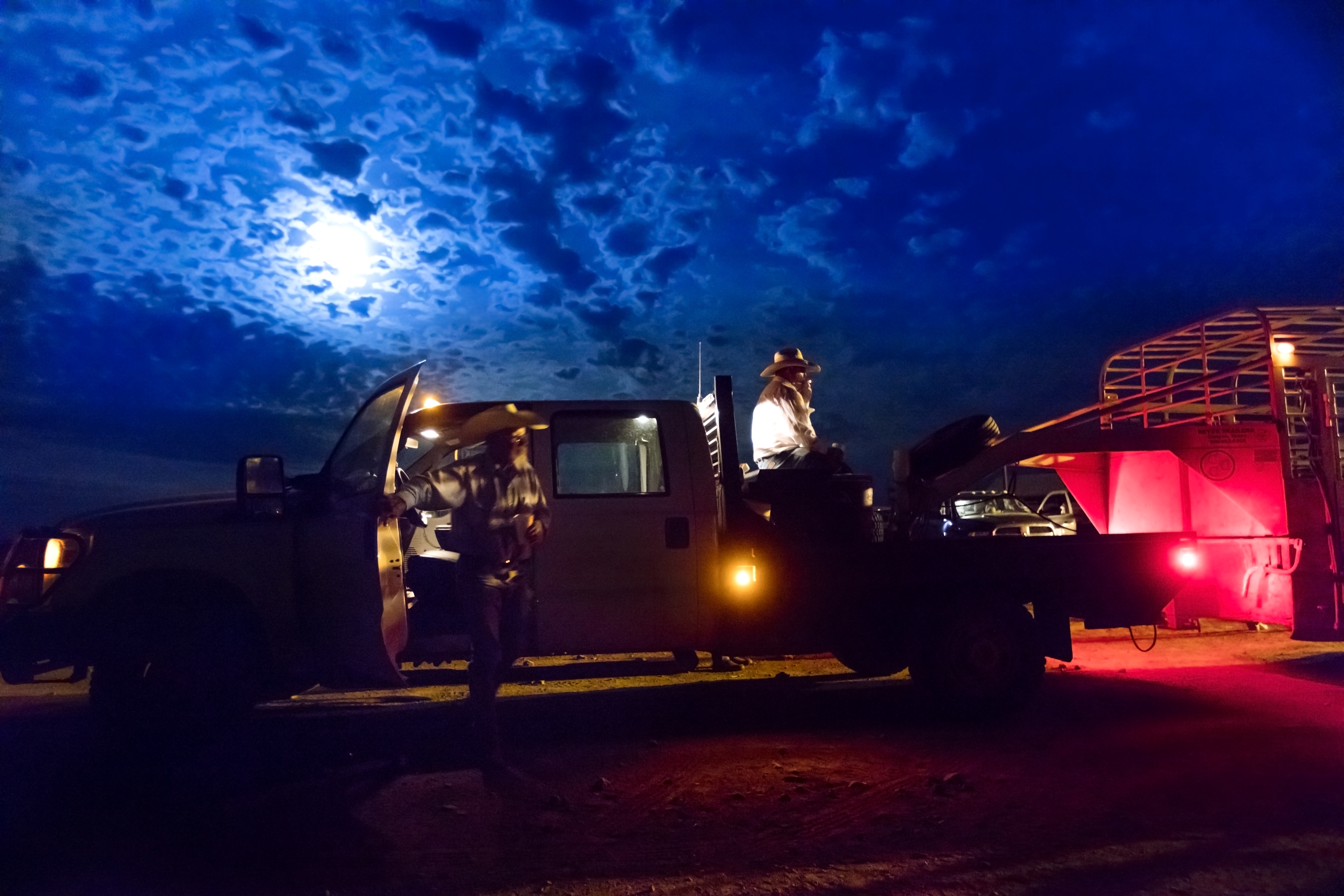
Jimbo Glover (left), coffee cup in hand, watches to see that everyone is loaded and then leads the long line of vehicles out to the pasture on the Waggoner Ranch. George Calvin Self rests on the toolbox of the truck.
The Waggoner Ranch, located in North Texas, is the largest ranch under one fence in the United States spreading 510,00 acres into six counties.
Photographer Jeremy Enlow documented the 26 cowboys who work on the ranch and published a 140 page coffee table hardcover book, Cowboys of the Waggoner Ranch, which was released Nov. 1, 2015.
The book is available to purchase at waggonercowboys.com
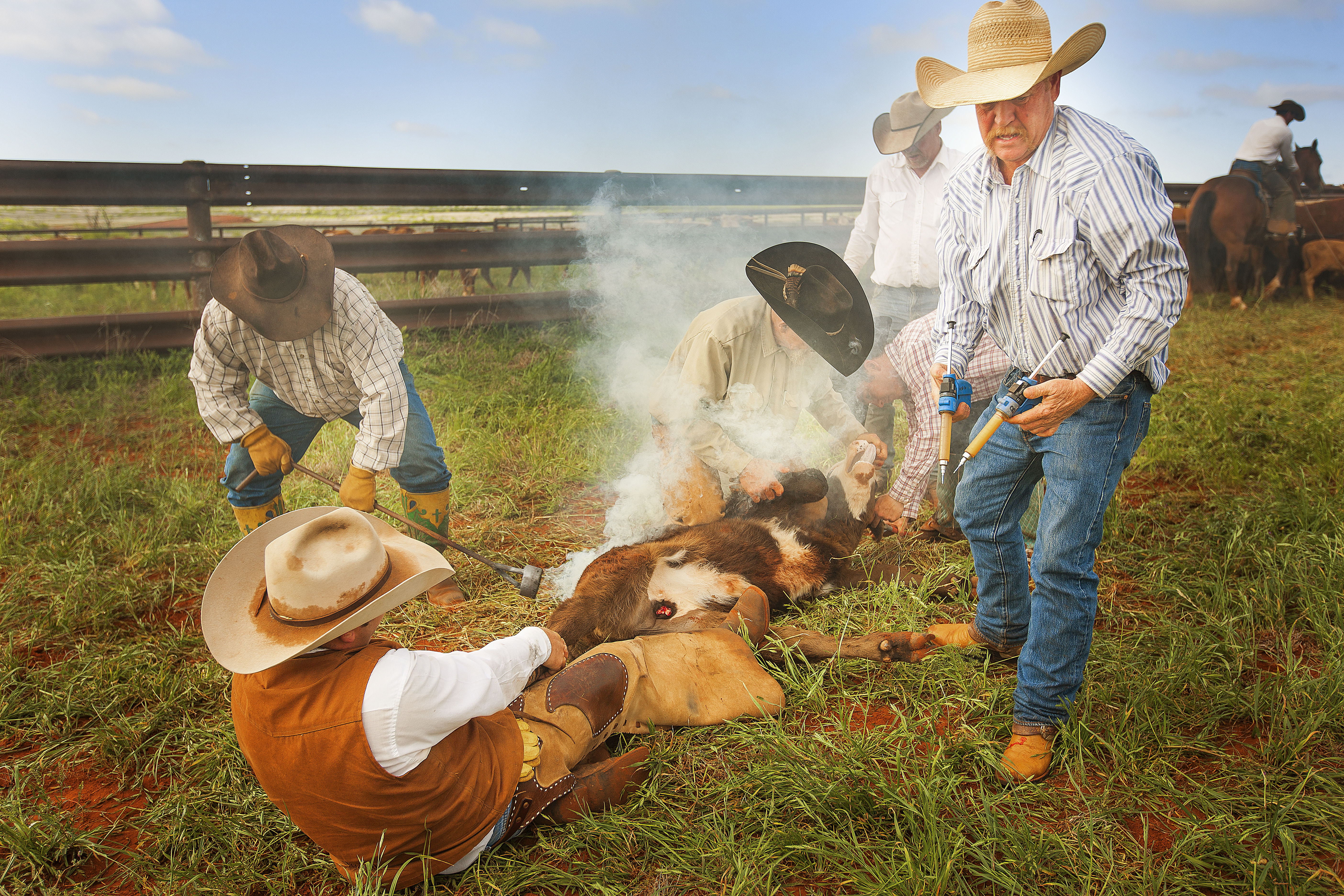
The calvesÕ right ears are marked with a nine underbit with a crop, a mark that is registered along with the Waggoner brand. A nine underbit means the crop is on the bottom, or underside, of the ear, and is curved similar to the back of the number nine. The end of the ear is lopped off straight. The ear crop began to be used in the late 1800s to thwart cattle rustlers who attempted to alter ownersÕ brands and claim the cattle as their own. The crop also helps cowboys identify a cowÕs ownership when they are riding on the wrong side and canÕt see a cowÕs brand. Calves also are given an ear tag they will wear all their lives.
The Waggoner Ranch, located in North Texas, is the largest ranch under one fence in the United States spreading 510,00 acres into six counties.
Photographer Jeremy Enlow documented the 26 cowboys who work on the ranch and published a 140 page coffee table hardcover book, Cowboys of the Waggoner Ranch, which was released Nov. 1, 2015.
The book is available to purchase at waggonercowboys.com
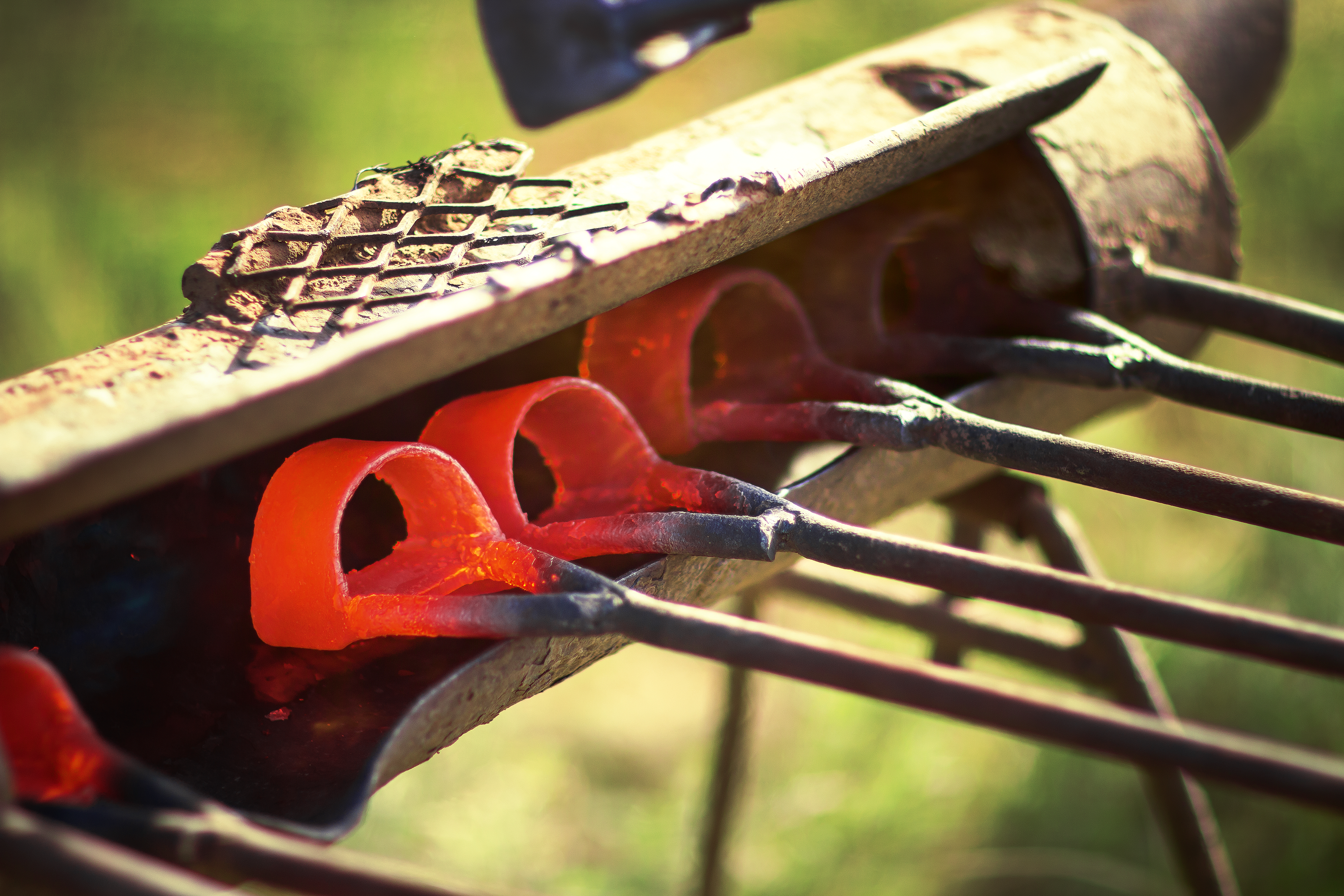
The Waggoner D is applied to the right hip with the round part facing the calfÕs rear. The reversed triple D is the registered brand, but one D is sufficient for branding.
The Waggoner Ranch, located in North Texas, is the largest ranch under one fence in the United States spreading 510,00 acres into six counties.
Photographer Jeremy Enlow documented the 26 cowboys who work on the ranch and published a 140 page coffee table hardcover book, Cowboys of the Waggoner Ranch, which was released Nov. 1, 2015.
The book is available to purchase at waggonercowboys.com
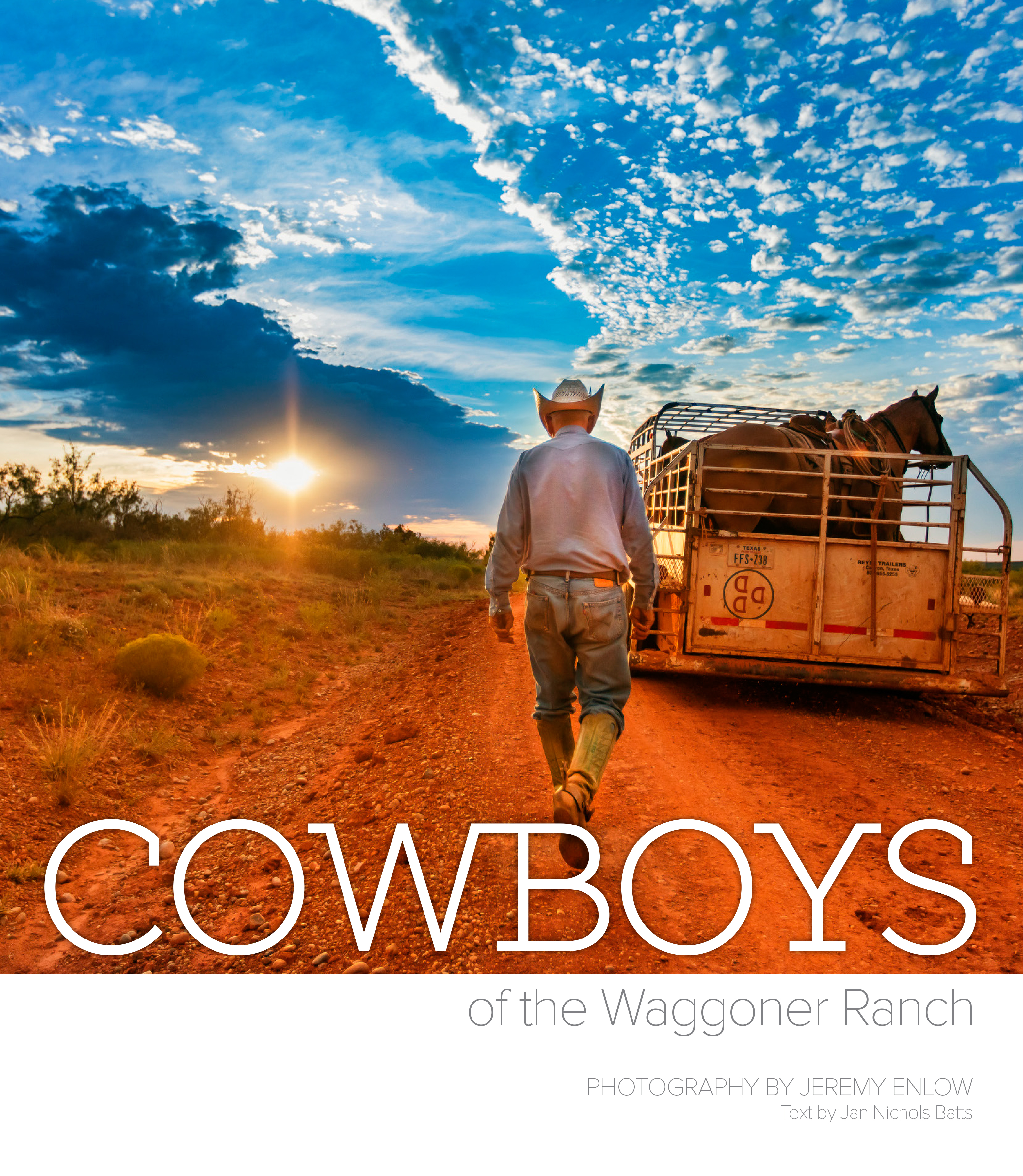
The Waggoner Ranch, located in North Texas, is the largest ranch under one fence in the United States spreading 510,00 acres into six counties.
Photographer Jeremy Enlow documented the 26 cowboys who work on the ranch and published a 140 page coffee table hardcover book, Cowboys of the Waggoner Ranch, which was released Nov. 1, 2015.
The book is available to purchase at waggonercowboys.com
Country Lifestyles
Shopping Frenzy

By: Bryce Angell
I drove to Sportsman’s Warehouse. Thought I’d buy a brand-new cap. My mistake was walking through the doors. They had me in their trap. I’m not talking ‘bout a mouse trap. Snares his nose and won’t let go. I’m alluding to the shopping trance. Why couldn’t I say no?
I grabbed a cart and made a beeline to a hat filled crate.
But switched gears to a sign that read, “Fifty dollar bag rebate.” Below the rebate sign were sleeping bags hung in a row.
One sleeping bag was rated down to 45 below.
The floor attendant tempted me. “It’s the best sale of the year!”
I had to have the 45 below with all my gear.
The bag was extra heavy. Totaled nearly twenty pounds.
But I stuffed it in my shopping cart. I had to make more rounds.
I was feeling so elated with my brand-new sleeping bag.
I wasn’t checking prices. That would surely raise a flag.
I pushed on past the hats and caps. Found a Levi coat to wear.
I didn’t need another but it’s good to have a spare.
I bought a pair of mittens that I doubt I’ll ever use.
I’ll save ‘em for my wife in case we take a winter cruise.
I purchased ammunition. That is when I heard the cue.
I had too many bullets for a single .22.
So, I bought another rifle. What the heck, it’s just one more. Then I moved on with my frenzy, hadn’t covered all the floor. Aha! My eyes beheld a sight designed for all to see.
A brand-new shiny wall tent that would soon belong to me.
I grabbed a wood stove for my tent to sleep warm through the night. Then I realized my purchases were climbing out of sight.
We totaled up my plunder. I was surely caught off guard.
Two thousand fifty dollars, I said, “Put it on my card.”
I’d spent a ton of money with no permission from my wife. Should I give my wife the rebate? Fifty might just save my life. Although I’ve never learned to save, for sure a shopping sap. But, this time I saved ten dollars ‘cuz I didn’t buy a cap.

Country Lifestyles
Life Lessons From A Public Restroom
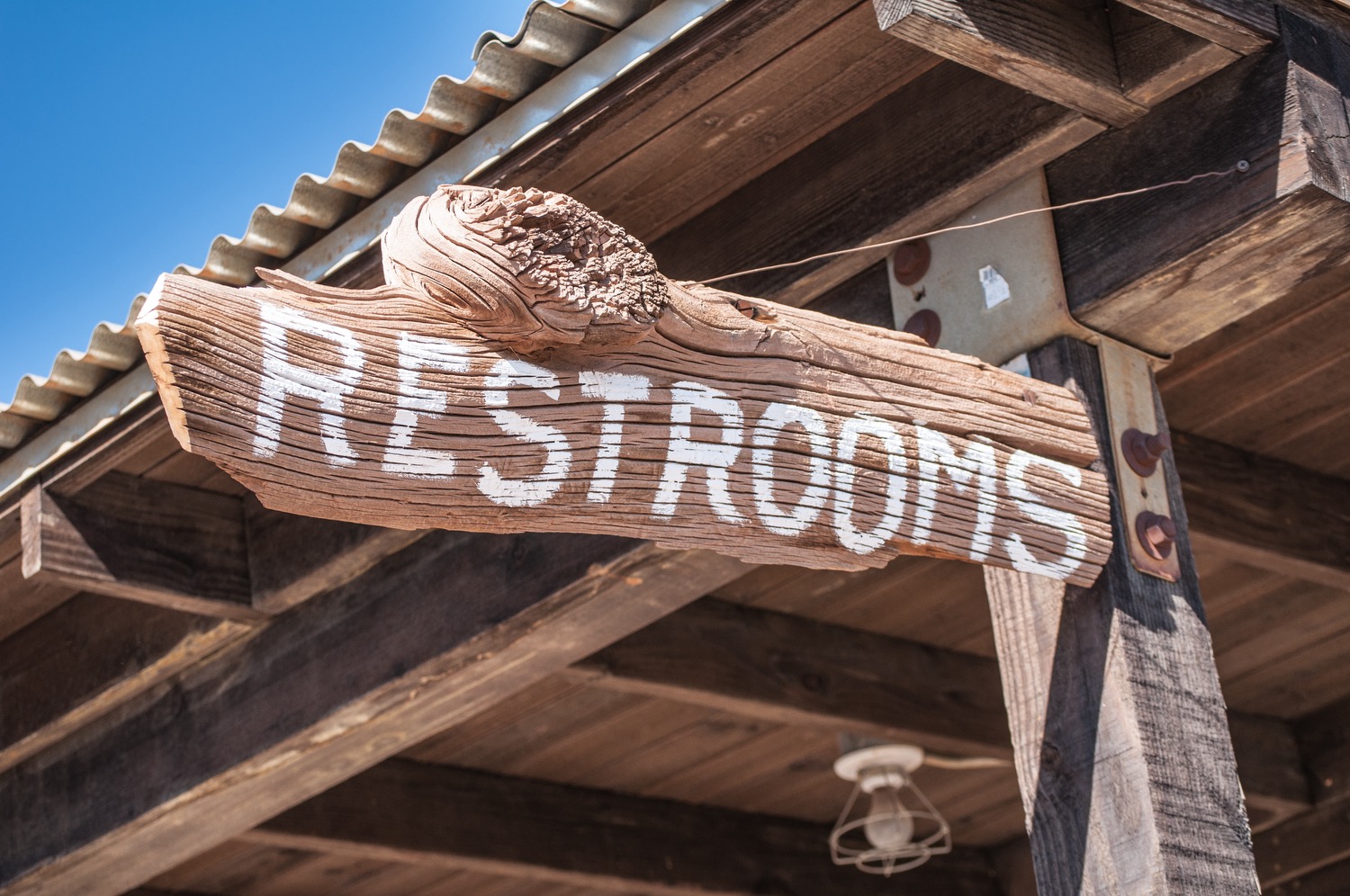
By: Dal Houston
As wacky as it sounds, changing the way one sees the world, one of the most profound lessons a human can learn, can be exemplified by something as mundane and seemingly inconsequential as a trip to the men’s room.
Last week, I spent an afternoon at an event, which required three visits to the venue’s men’s room. Without getting graphic, there were three stalls in this restroom. The stall in the corner and the stall closest to the door were functional, but the stall in the middle was adorned with an “Out of Order” sign.
To read more, pick up a copy of the September issue of NTFR magazine. To subscribe by mail, call 940-872-5922.
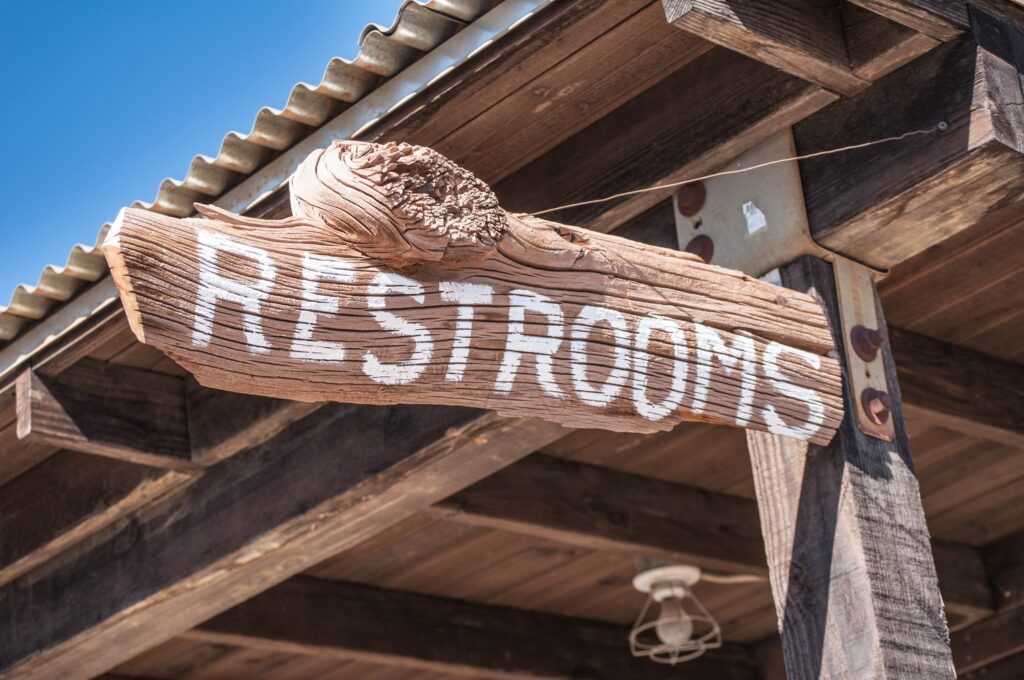
Country Lifestyles
Membership Roundup: Five Reasons Youth Should Join 4-H
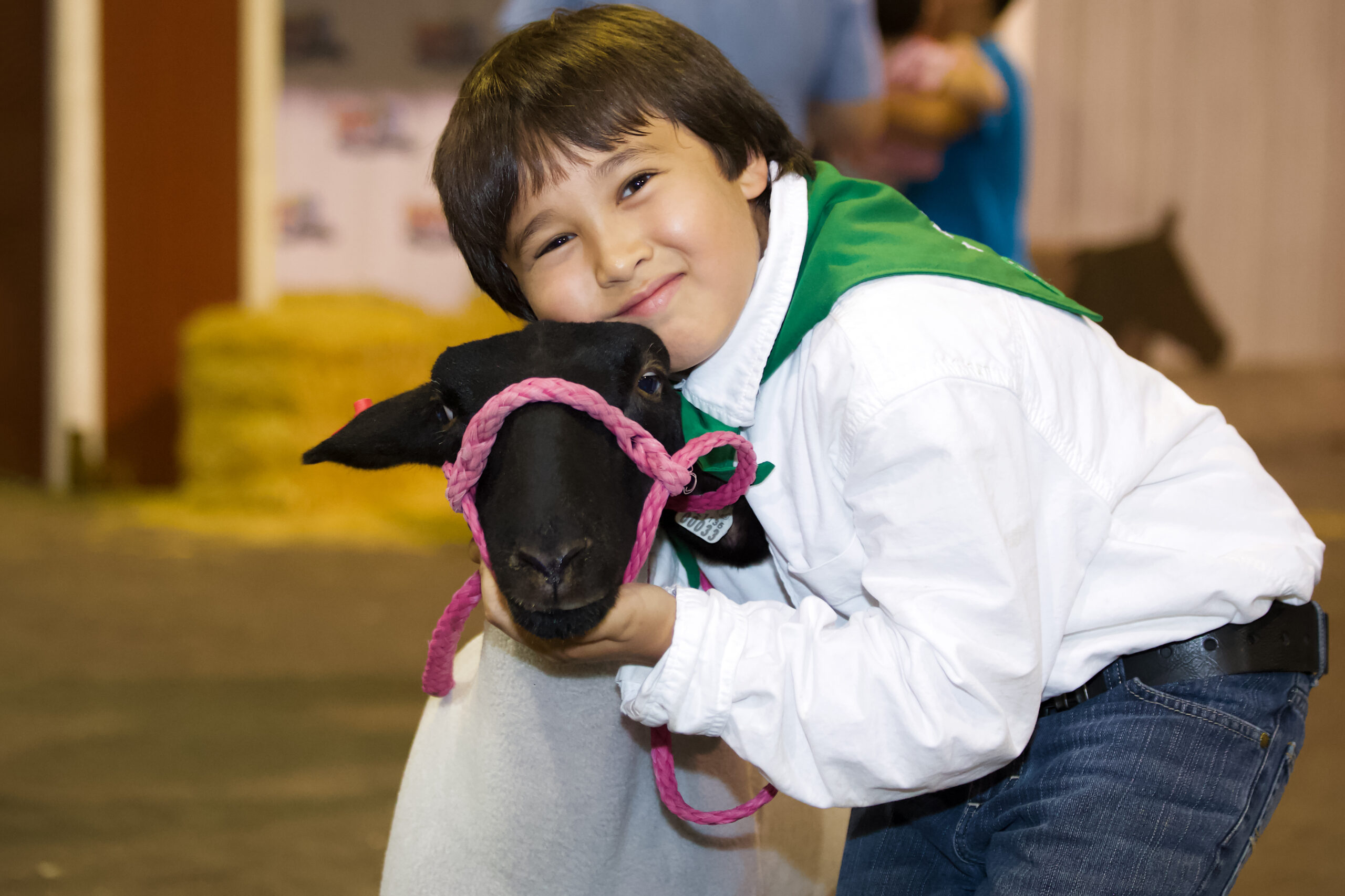
By: Hannah Claxton | Editor
“I like 4-H’ers because they are dedicated to excellence.”
— Dwight David Eisenhower,
As the school year kicks off, local 4-H programs will be start- ing as well. The impact of 4-H in a youth’s life cannot be overstated. Famous alumni include Jimmy Carter, Dolly Parton, Johnny Cash, and Reba McEntire. Here are five reasons why you should encourage the youth in your life to be a part of 4-H.
To read more, pick up a copy of the September issue of NTFR magazine. To subscribe by mail, call 940-872-5922.
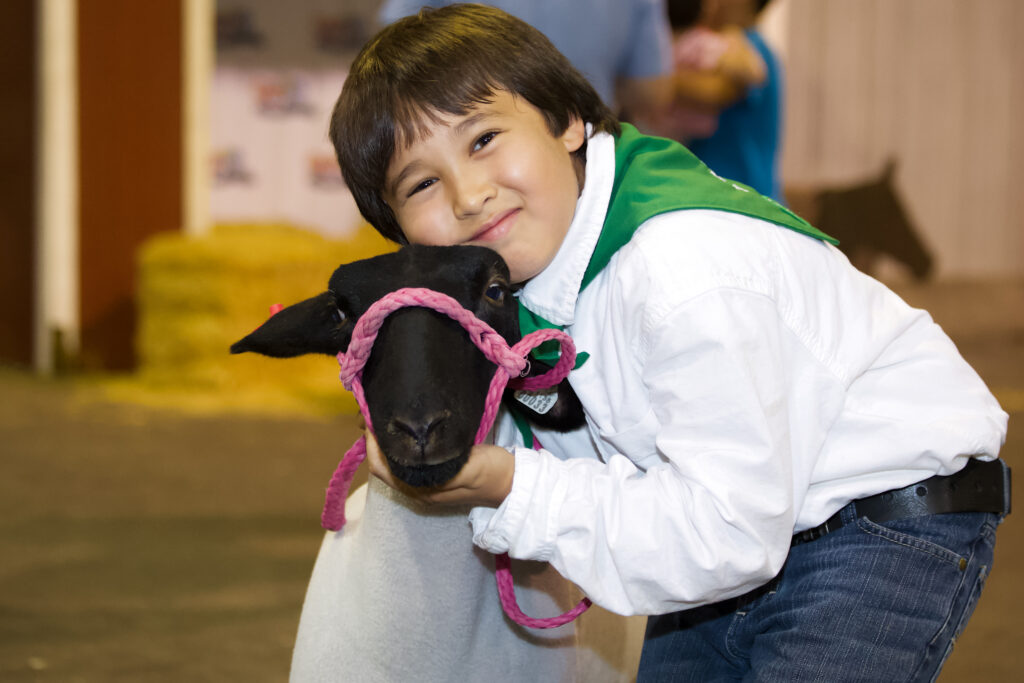
-

 Country Lifestyles2 years ago
Country Lifestyles2 years agoScott & Stacey Schumacher: A Growth Mindset
-

 Country Lifestyles8 years ago
Country Lifestyles8 years agoStyle Your Profile – What your style cowboy hat says about you and new trends in 2017
-

 HOME8 years ago
HOME8 years agoGrazing North Texas – Wilman Lovegrass
-

 Equine1 year ago
Equine1 year agoThe Will to Win
-

 Country Lifestyles5 years ago
Country Lifestyles5 years agoAmber Crawford, Breakaway Roper
-

 Outdoor9 years ago
Outdoor9 years agoButtercup or Primrose?
-

 Country Lifestyles8 years ago
Country Lifestyles8 years agoDecember 2016 Profile, Rusty Riddle – The Riddle Way
-

 Country Lifestyles8 years ago
Country Lifestyles8 years agoJune 2016 Profile – The man behind the mic: Bob Tallman

